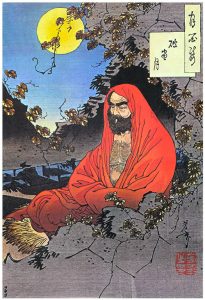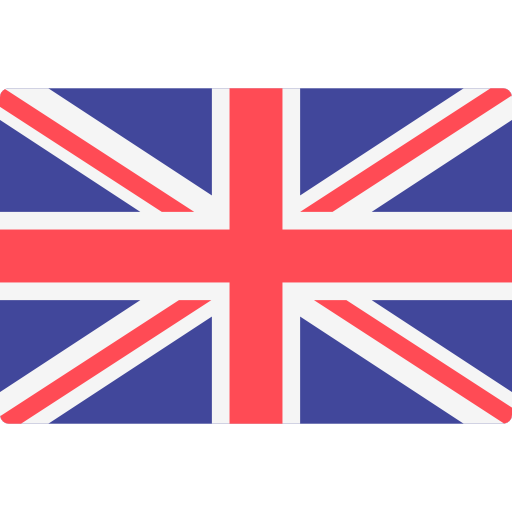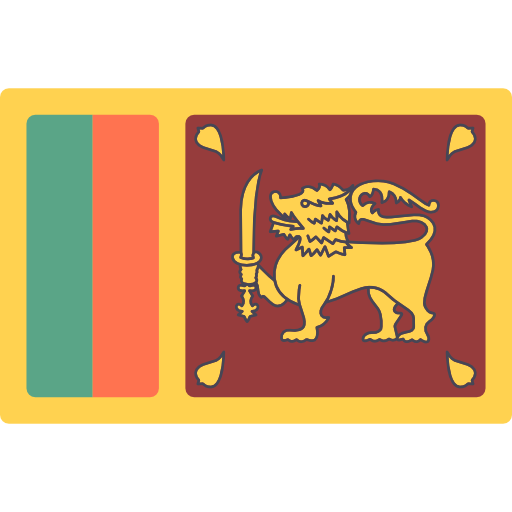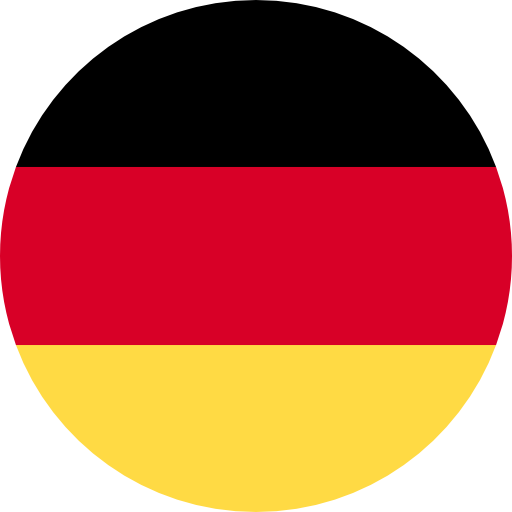JAPAN KARATE-DO DHAMMIKA-HA SHITO-RYU KAI
日本空手道ダミカ派糸東流会
We practise karate-do in the Shito-Ryu style
Origin of Karate-Do
 Karate-do is a very popular martial art which was developed in Okinawa in the Ryukyu Islands south of Japan during the times of the Ryukyu Kingdom. The history of karate-do can be traced back to the 19th century in Okinawa.
Karate-do is a very popular martial art which was developed in Okinawa in the Ryukyu Islands south of Japan during the times of the Ryukyu Kingdom. The history of karate-do can be traced back to the 19th century in Okinawa.
Karate-do means literally “The way of the empty hand” and is both a martial art and a method of self-defence. “The way of the empty hand” is referring to the fact that weapons are not used. Mostly, karate-do is just called karate. The addition “do” is not only used to imply that karate is a martial art, but also to emphasize its philosophical background and its importance as a way of life. In other words, karate-do is also a way to develop one’s personality and strengthen one’s character.
The birthplace of today’s karate is Okinawa. In Okinawa, the early styles of karate were founded. Today, they are often generalized as Shuri-te, Naha-te, and Tomari-te. All of them named after the three Okinawan cities from which they were emerged. It’s worth mentioning that all of these styles go back to Tode which is sometimes called Okinawa-te. So, you can say that Okinawa has always been an important city and region in the history of karate.
From Okinawa, today’s karate has spread to mainland Japan and made further progresses there. But karate itself has neither an Okinawan nor a Japanese origin. Instead, its techniques go back to a centuries-old tradition with Indian and Chinese roots. This is expressed in some of its katas which were developed in Buddhist temples, and which are also connected to Shaolin. So, if we deal with the history of the origins of martial arts including karate, we must derive its origin from Indian Buddhist monks. They used it for self-defence and protection against thieves. Furthermore, the exercises were also practiced for a better health.
 But first things first: It is said there was a Buddhist monk called Bodhidharma (* around 440; † around 528) (Chinese 菩提 達摩, Pinyin Pútídámó or Damo 達摩 for short, Japanese Bodai-Daruma or Daruma). While his historical existence is partially proved, the historical details are unclear and still remain in the dark. According to the sources of contemporaries, Bodhidharma was not only the 28th Patriarch of Buddhism in a line of descent from Buddha, but probably also the third son of an Indian king. The latter is supported by the fact that he was trained and educated in all courtly manners and in vajramushti (an ancient Indian form of fighting). Contrary to other reports, Bodhidharma was probably not a member of the Brahmin caste, but of the Kshatriya caste. Today, Bodhidharma is considered to be the first Patriarch of the Chan and Zen lineages.
But first things first: It is said there was a Buddhist monk called Bodhidharma (* around 440; † around 528) (Chinese 菩提 達摩, Pinyin Pútídámó or Damo 達摩 for short, Japanese Bodai-Daruma or Daruma). While his historical existence is partially proved, the historical details are unclear and still remain in the dark. According to the sources of contemporaries, Bodhidharma was not only the 28th Patriarch of Buddhism in a line of descent from Buddha, but probably also the third son of an Indian king. The latter is supported by the fact that he was trained and educated in all courtly manners and in vajramushti (an ancient Indian form of fighting). Contrary to other reports, Bodhidharma was probably not a member of the Brahmin caste, but of the Kshatriya caste. Today, Bodhidharma is considered to be the first Patriarch of the Chan and Zen lineages.
It’s also said that Bodhidharma left his home south of Madras in his Indian homeland for China in 480 AD, first emigrated to Southern China and then to the imperial court of the Ling dynasty. Subsequently, Bodhidharma settled in the Chinese province of Henan in 523 AD to teach a philosophy of self-contemplation derived from Mahayana Buddhism at Mountain Song Shan in a daoism influenced Shaolin Monastery which is still active today, and located in Dengfeng. From this philosophy, the so-called and worldwide known Zen Buddhism was developed.
In his teaching, Bodhidharma is said to have introduced a set of exercises for the monks who were physically weakened because of the meditations. Bodhidharma convinced the monks that it’s important not only to strengthen the mind but also the body by promoting their physical health. This set of exercises included movements derived from Indian combat methods. It’s said that Bodhidharma created the foundation of many schools of Chinese martial arts with his exercises in that Shaolin Monastery, and made it the center of Chinese martial arts. The later dispersal of the monks who were then perceived by the Chinese emperor as a threat to himself because of their fighting skills, was the reason why this martial art became more and more widespread and practiced by a rising number of people.
Today's Karate-Do
Even today, this Far Eastern philosophy is reflected in karate. Karate is not only a discipline of body control, but also a school of mental training. The training is primarily not about fighting with others but at first, every karate student has to fight with himself. In today’s karate, we can learn to know our own strengths and weaknesses, and how to overcome our fears. We can experience how much we can expand our physical and mental limits by constant training, and furthermore we can learn how to deal with success and failure, to trust others and to resolve conflicts together.
Consequently, the main goals in karate are the training of the mind, character and attitude of each karate student.
The ultimate aim of Karate lies not in victory or defeat,
but in the perfection of the character of its participants.
– Gichin Funakoshi
In karate, the training is based on three pillars: kihon, kumite and kata.
Kihon means basics, and teaches technics like stances, strikes, punches, kicks and blocks which should form the fundament of each karate student. These basics are laid as foundation to succeed in kumite later. By constant repetition, the techniques get perfected to put them together to a more complex form in the kata discipline. In addition, the kumite covers that part of karate why the hard training karate student is able to defend himself adequately in serious and sometimes in hopeless situations. In kata, the karate students follow a formalized sequence of movements which are precisely defined in a form and which represent various offensive and defensive technics. While practicing katas, the karate student fights imaginary opponents.
The karate training is linked to a strict code of behaviour which is characterized by values like disciple, respect and courtesy. This is a reason why karate is still a proven way for its students to develop their character, and also as preventive actions against diseases.
We practise Shito-Ryu Karate-Do on the basis of the 3 pillars
3 pillars of Karate-Do
In karate, training is based on three main pillars: kihon, kumite and kata.
Kihon teaches the individual techniques that form the foundation of karate. This lays the foundation for later success in kumite. Through constant repetition, the techniques are further perfected so that they can be combined into a more complex form in the kata discipline. Kumite also covers the area which, after sufficient practice, enables karate students to defend themselves appropriately in serious and sometimes hopeless situations. In kata, karate students follow a fixed pattern in space, i.e. the sequence of techniques is precisely defined in a sequence of forms. The trainee learns to fight against imaginary opponents while practising the katas.
The training itself is linked to a strict code of conduct characterised by discipline, respect and politeness, which is why karate as a whole is still a proven way for practitioners to develop their character and prevent illness.
Ready to join the Dhammika Karate family?
Affiliated and recognized by




Dhammika Karate-Do is represented in the following countries
Japan Karate-Do Dhammika-Ha Shito-Ryu Kai has branches in numerous countries.
We are represented in the following countries.












